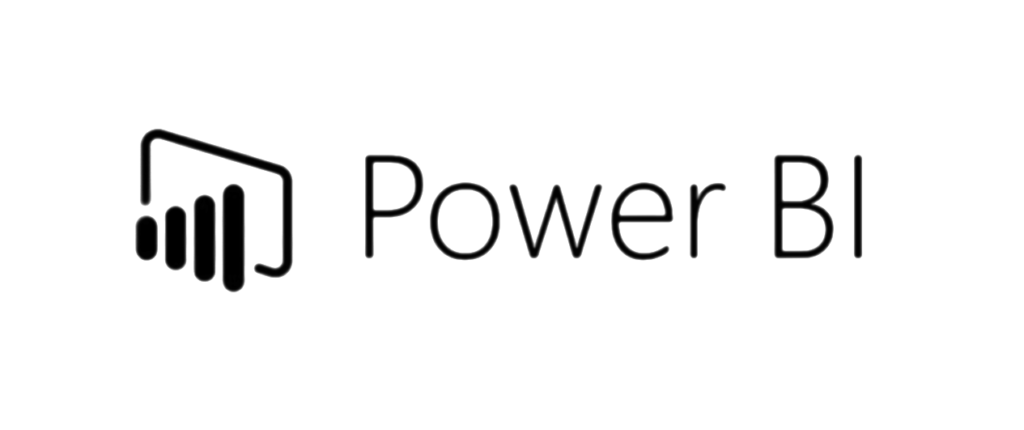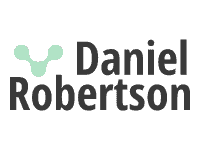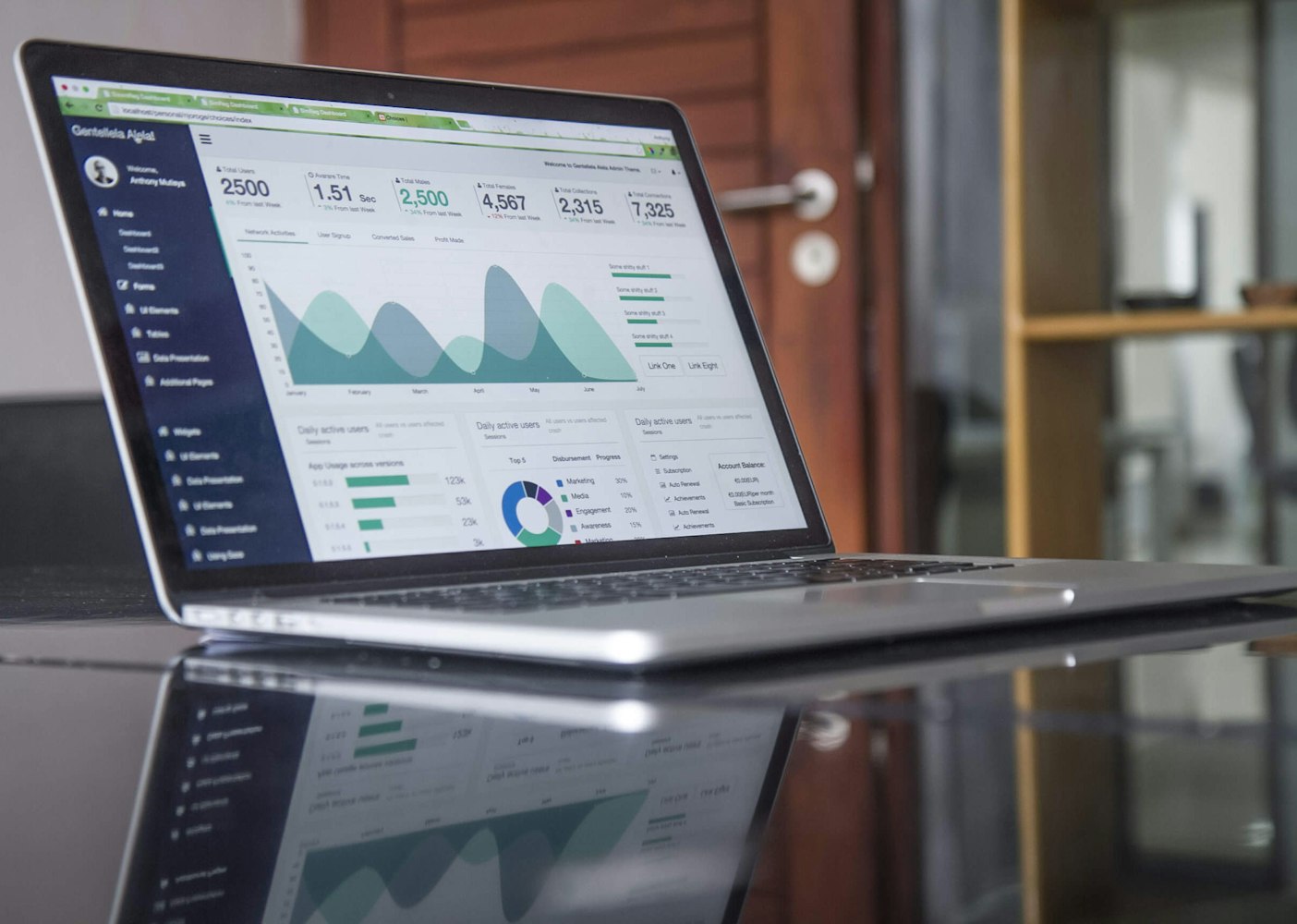Ever more flexible and powerful, the data visualisation landscape is also increasingly complex. If you are lost with data visualisation/BI tools, I can help you to get started.
In this analytics blog I shed some light on the features and capabilities of two lead data viz players: Google Data Studio and Microsoft Power BI.
Data visualisation platforms are helping us move away from static reports and reams of Excel spreadsheets.
Personally, I have typically used data visualisation in the context of web analytics and digital marketing. I mainly work with Google Data Studio, providing dynamic, clean, consolidated dashboard reports with data from the likes of Google Analytics, Search Console, Optimize, Ads, and other marketing-related data sources.
However, data visualisation is a whole world in its own right, relevant to any organisation or business. These platforms normally connect to a whole host of different data sources, sometimes hundreds or thousands! Common examples are data connectors for SQL databases or CSV files. You can even embed web pages or reports-within-reports for a huge degree of flexibility in reporting and data analysis.
Modern data viz tools like Data Studio or Power BI certainly have uses in any sector. I have previously put together some simple examples looking at the COVID-19 crisis and global water access. Recently, with a sustainability-related client, I had the opportunity to look at how we might utilise data visualisation at large scale to provide customised dashboards for their own clients and partners. The data in question related to recycling and processing of waste from many different types of business, large and small.
We looked at a couple of proposed solutions, focusing on comparing the embedded, scalable data visualisation capabilities of Data Studio and Power BI.
Google Data Studio
- Offers a range of basic visualisations and charts for automated, live views on your data.
- Quick, easy-to-use interface.
- Growing community-built visualisations and customisation options.
- Native data connectors for Google products.
- 200+ partner connectors (marketing & social media focused), including file upload and database connections.
- Build custom data connectors via Google Apps Script.
- User-managed reports and public reports.
- Blend data from different sources at chart or report level.
- Simple calculated fields.
- Embed reports in web pages.
- Ongoing product development and community support.

Google Data Studio is my go-to tool for most visualisations. It is simple, clean, easy-to-use, and – perhaps most importantly for many users – free.
The Google team have really ramped up product development in the last couple of years. Features are being added and enhanced all the time, and there is an impressive array of community customisations. You can develop your own custom data connectors and visualisations, if you can code or have developer support. You also get unlimited reports and data sources.
All of this makes Google Data Studio my top pick right now for data viz.
Microsoft Power BI
- Offers a range of visualisations and charts more sophisticated than Google Data Studio.
- Rich library of community visualisations, plus visualisation SDK for customisation.
- 40+ native data connectors, plus partner connectors.
- Strongly integrated with Microsoft tools & services.
- Build custom data connectors via Power Query SDK.
- Blend data from different sources at chart or report level.
- Sophisticated “Data Analytics Expressions” (“DAX”) for calculated fields and data manipulation.
- Embed reports in web pages.
- Cloud hosted or on-premises options.
- Web or desktop apps available.
- Microsoft support in addition to online community and documentation.

Microsoft Power BI is a data viz tool I have used in a few projects. It is certainly more powerful than Google Data Studio, allowing more customisation and control while integrating with existing enterprise workflows in Microsoft Office.
However, Power BI isn’t free (there is a free version, but it is extremely limited feature-wise). For many users, I question whether the extra features are worth the cost and the additional management overhead of running it.
Power BI really comes into its own as an embedded solution that can integrate data visualisations directly to your website or app. There is a huge amount of potential here, but due to the cost of this premium solution and the developer resources required, this may only be accessible to select users or organisations.
I hope you’ve found this a helpful summary of some leading data visualisation tools!
Feel free to get in touch with me if you would like to explore a data visualisation or analytics project in more depth.
*** BONUS: Summary of other top data visualisation tools ***
Tableau
An early leader in data visualisation, and one that still has some compelling, market-leading features, is Tableau:
- Free (basic) and paid versions.
- Relatively expensive vs. Data Studio and Power BI.
- Tableau offers beautiful, highly-customisable visualisations. It is excellent for data “storytelling” and going beyond standard business charts.
- Embedded analytics solution also available.
- The user experience is not particularly smooth and the learning curve steep.
- For me, other tools are preferable where visualisations and charts are more “typical” in nature.
Klipfolio
Klipfolio is another major player in data visualisation:
- Paid tool (offers free 14-day trial).
- Relatively expensive vs. Data Studio and Power BI.
- Highly-rated on BI aggregator sites with simple, easy-to-use interface.
- Offers a large array of data connectors and modular, straightforward visualisations.
- Lacks the customisation in report design of tools like Power BI or Tableau.
- Low limits on number of dashboards, even with more expensive packages.
- Connecting visualisations to data sources can be cumbersome.

